Quantum
Science and Technology
Harnessing the power of quantum physics to address emerging national security needs with new capabilities in sensing, imaging, and computing.
Quantum information science is a rapidly expanding research area at Lawrence Livermore National Laboratory (LLNL), with multiple mission-relevant applications. Rather than designing broad-use solutions, we focus on developing novel systems specifically designed to address the Laboratory’s national security mission.
We leverage LLNL’s expertise developing custom hardware, software, and algorithms—coupled with world-class research in materials science, photon science, system engineering, and quantum physics—to develop and deploy the next generation of quantum technologies that can address tomorrow’s mission challenges.
Our approach to quantum research and development involves:
- Exploring near-term applications of existing technology to address mission needs.
- Co-designing new solutions, using teams comprised of quantum experts and scientists who need these application-specific solutions to address mission challenges.
- Advancing scientific discovery and workforce development by engaging with the broader research community.
Research thrusts
The landscape of quantum research at LLNL involves seven interconnected, cross-cutting research thrusts:
- Quantum computing testbed
- Quantum simulation
- Quantum sensing and metrology
- Understanding and developing novel quantum materials
- Quantum–coherent device development
- Quantum systems engineering
- Application-driven algorithms for quantum computing

Quantum computing testbed
LLNL’s Quantum Design and Integration Testbed offers a state-of-the-art research environment for developing mission-relevant quantum processors and algorithms. This unique experimental platform supports research regarding novel sensors, system engineering techniques, and quantum–coherent device physics.
Working collaboratively in the testbed’s codesign environment, device and system developers work side-by-side with physicists and chemists to explore mission-relevant applications of quantum computing. The testbed offers two modes of operation. It serves as a stable system that LLNL researchers and their collaborators can access, enabling them to study how to control the system. In addition, it serves as an experimental platform where scientists can study new quantum devices added to the testbed on a periodic basis.
In addition to enabling scientific breakthroughs, the testbed plays a key role in LLNL’s efforts to develop staff expertise in quantum information systems. It provides opportunities for tomorrow’s quantum experts to gain the knowledge they need to meet future challenges.
Learn more about LLNL’s quantum computing testbed
- Low-frequency correlated charge-noise measurements across multiple energy transitions in a tantalum transmon
- High-fidelity software-defined quantum logic on a superconducting qudit
- Quandary: An open-source C++ package for high-performance optimal control of open quantum systems
- New research proves quantum computing errors correlated, ties them to cosmic rays
- Technical specifications of LLNL’s quantum computing testbed
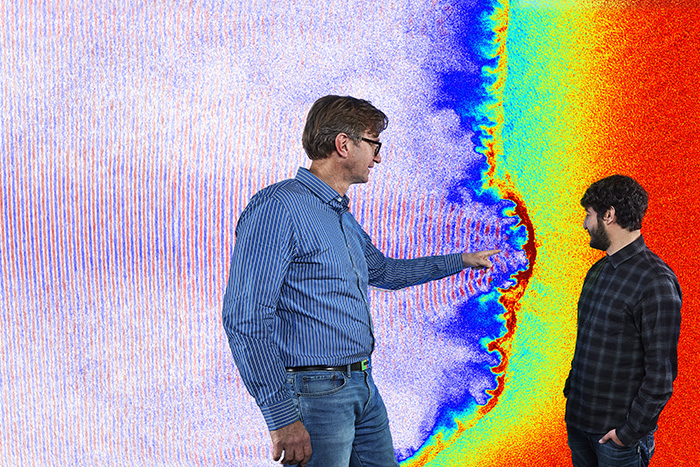
Quantum simulation
Today’s small, noisy quantum computers allow us to simulate many body dynamics and develop quantum algorithms for pathfinder applications in our mission space. These applications will provide initial demonstrations of advantageous quantum technologies, informing the next generation of hardware and ensuring that, as the hardware scales, it meets our mission needs.
For example, LLNL scientists are developing quantum algorithms to model nuclear dynamics and exploring ways to scale those algorithms to larger quantum systems. These efforts involve close collaboration between LLNL’s nuclear theorists and quantum hardware experts. Quantum algorithms also hold promise for simulating high-energy-density science phenomena, such as fusion plasmas and warm-dense matter regimes.
Learn more about quantum simulation research at LLNL
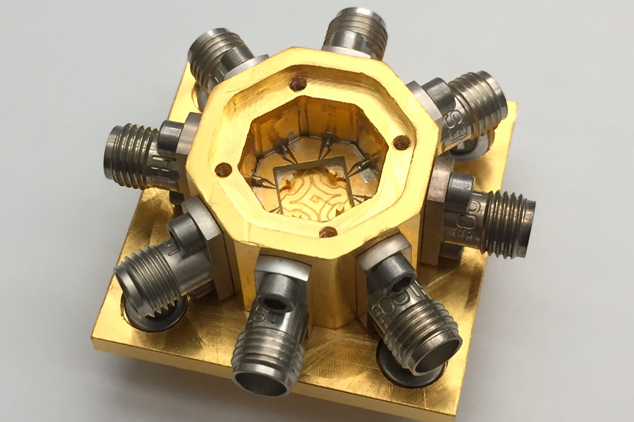
Quantum sensing and metrology
For many years, LLNL researchers have developed quantum sensing technologies that are based on quantum phenomena but do not involve entanglement. For example, the Axion Dark Matter Experiment, first developed at LLNL, uses superconducting detectors to search for these elusive low-mass particles. Our researchers also develop micromagnetic calorimeters that are used in radioactive isotope forensics.
Now that entanglement is being used in sensing technologies, LLNL scientists are developing gravity sensors based on ultra-cold atoms, ultra-precise nuclear clocks, single-photon detectors and emitters, and magnetic field detectors. This type of technology supports mission-relevant challenges such as uncovering heavy-mass shielding and tunnel detection. In addition, we are exploring new signal-processing techniques that exploit the enhanced sensitivity enabled by quantum technology. As the technology continues to mature, research teams are exploring ways to adapt it to read out signals from future quantum computers and enable improved control.
Learn more about LLNL’s quantum sensing research
- A new measurement of the 60 keV emission from Am-241 using metallic magnetic calorimeters
- Sterile neutrinos may be portal to the dark side
- Cold atom sensing: Gravity, tomography, and gyroscopes
- Cold atom devices
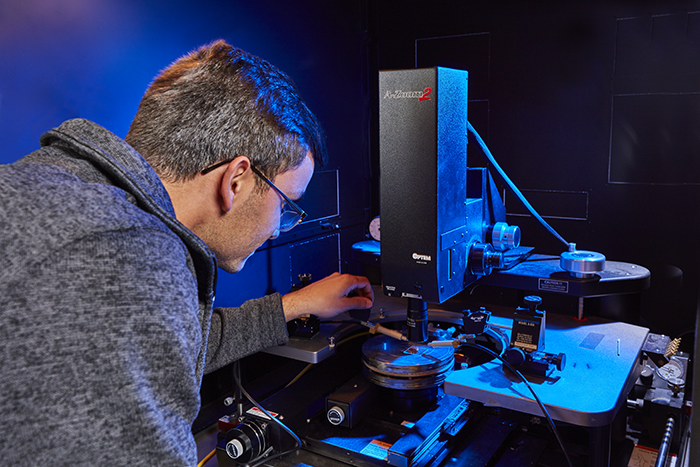
Understanding and developing novel quantum materials
Our materials science experts are developing and optimizing advanced materials that will serve as the essential building blocks of scalable quantum systems. Because quantum devices are exceptionally sensitive to noise and loss from material defects and impurities, LLNL scientists combine multi-scale modeling techniques and experiments to understand and mitigate microscopic defects in materials used to develop quantum devices.
Our scientists also design novel materials that will enable development of new types of quantum systems. For example, we are developing topological materials that can help address the scalability requirements for quantum hardware. In addition, we are exploring novel fabrication processes to expand design options, provide a high degree of customizability, and improve performance.
Learn more about quantum material research at LLNL
- High-kinetic inductance additive manufactured superconducting microwave cavity
- Simulating noise on a quantum processor: Interactions between a qubit and resonant two-level system bath
- Electric-field noise from thermally activated fluctuators in a surface ion trap
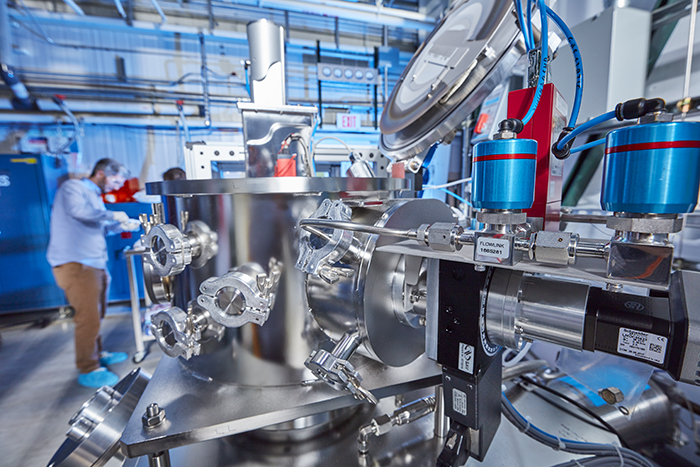
Quantum–coherent device development
The building blocks of a quantum system are its highly specialized components, which enable a system to be isolated enough to probe its quantum state. At LLNL, our teams are exploring novel ways to fabricate macroscopic quantum mechanical circuits, which can help us scale the capabilities of devices used in quantum computing and sensing. To reduce noise sensitivity in ion-based quantum processors, we leverage our advanced manufacturing expertise to develop three-dimensional ion traps, while also exploring novel control methods such as microwave gates.
We also leverage our expertise in photon science to develop new imaging modalities that leverage the multiple dimensions of entanglement found in photon pairs to obtain 3D images. In addition, we are exploring how defect centers (impurities) in semiconductor materials can be exploited to enable single-photon emitters and other types of quantum photonics that could be used in quantum devices.
Learn more about LLNL’s research in quantum–coherent device development
- Two-level systems in nucleated and non-nucleated epitaxial alpha-tantalum films
- Protecting superconducting qubits from phonon mediated decay
- Motional squeezing for trapped ion transport and separation
- Versatile laser-free trapped-ion entangling gates

Quantum systems engineering
Quantum systems require classical interfaces to allow control and measurement by conventional computing hardware. Drawing on their expertise in photon science and computer science, LLNL researchers are developing scalable quantum–classical interfaces that are optimized to enable low noise, high-fidelity control and measurement—and achieve useful information retrieval from quantum systems.
Our scientists are also exploring ways to integrate quantum resources with LLNL’s high performance computing (HPC) resources. For example, we are developing noise-resilient quantum computing protocols that can be used to explore hybrid algorithms, which are distributed between classical and quantum platforms. These pathfinder protocols are the prototypes for future computing environments where HPC resources can leverage quantum processor units to address specific types of challenges, similar to how graphical processing units are incorporated into HPC resources today.
Learn more about quantum systems engineering research at LLNL
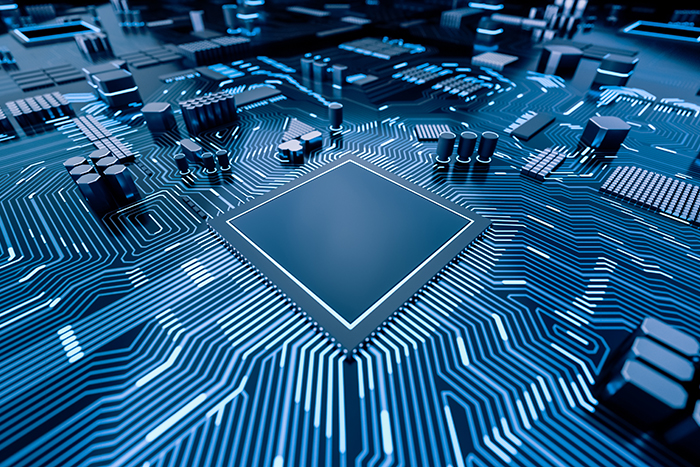
Application-driven algorithms for quantum computing
LLNL scientists are exploring ways to develop quantum algorithms that are tailored to specific national security needs. Just as today’s classical software applications developed for LLNL missions are highly complex and tailored to the application domain, application-driven quantum algorithms need to be highly accurate and efficient at solving problems of interest in areas such as nuclear physics and fusion energy.
Learn more about LLNL’s research and advising regarding quantum algorithms
- Quantum computing for fusion energy science applications
- Quantum information science and technology for nuclear physics: Input into U.S. long-range planning, 2023 (PDF)
People highlights
Learn more about some of the LLNL scientists engaged in quantum research.
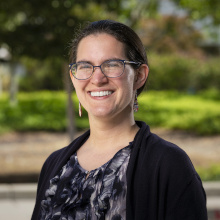
Kristin Beck
Quantum Physicist
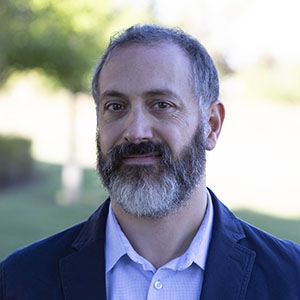
Gianpaolo Carosi
Experimental Particle Physicist
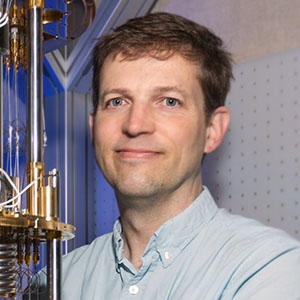
Jonathan Dubois
Physicist
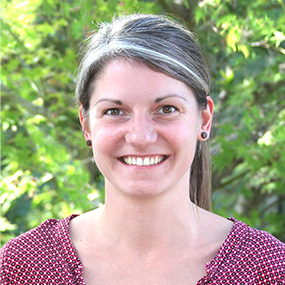
Stefanie Guenther
Quantum Computing
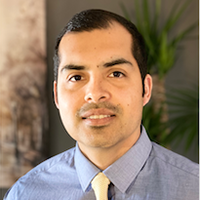
Luis Martinez
Experimental Physicist
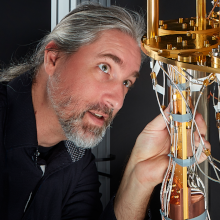
Sean O’Kelley
Staff Scientist
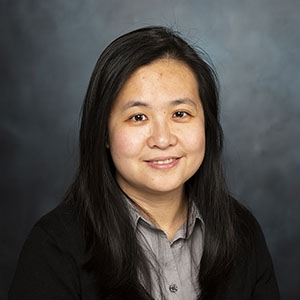
Dongxia Qu
Materials Scientist

Sofia Quaglioni
Nuclear Physicist
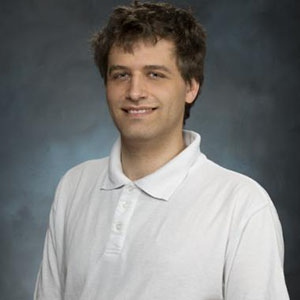
Yaniv Rosen
Quantum Physicist
Contacts

Kristin Beck
925.423.4590
beck37 [at] llnl.gov (beck37[at]llnl[dot]gov)

Yaniv Rosen
925.423.0943
rosen10 [at] llnl.gov (rosen10[at]llnl[dot]gov)




